How would you go about dining with a spoon full of holes? Yes, a rather confusingly unpractical spoon accompanied the culinary adventure that took place in Zürich on a recent weekend.
That's thanks to Steinbeisser, an Amsterdam based culinary curator organization. They have come to Zürich to offer a challenge for all the foodies interested in "experimental gastronomy". So Museum Rietberg, which is within walking distance from Bahnhof Enge, has hosted a thought-provoking dinner created by Chef Fabian Spiquel.
The exhibit "Osiris" allowed us to dive into the mystery of Egypt's past.
To start this evening full of art, I had the opportunity to check out the current exhibition at Museum Rietberg: "Osiris - Egypt's Sunken Mysteries". The exhibition was full of findings from the Mediterranean coast off of Egypt. There are over 300 statues including miniature cult objects and you feel as if you are inside a submarine looking at history yourself.
The discoveries are from two legendary towns, Thonis-Heracleion and Canopus, which sank below the sea and were lost in the 8th century AD. The exhibit will make you imagine what kind of stories are behind the objects, what myth or God they might symbolize. Also, you can see how the excavation was done, or what tools were used to locate the artifacts in the first place.
Then, a dazzling evening full of gourmet food by celebrated Chef Fabian Spiquel.
After the exhibition, I headed to the Summer Pavillon of Museum Rietberg where we were served an apéro drink. On the table, there were interesting ceramic cups that somehow resembled the Egyptian discoveries from earlier. It turns out that all the tableware and cutlery were the artworks of numerous artist: Luzia Vogt, Joo Hyung Park, Aino Nebel, Young Ran Lee, Tomasz Niedziólka and Gabi Veit.
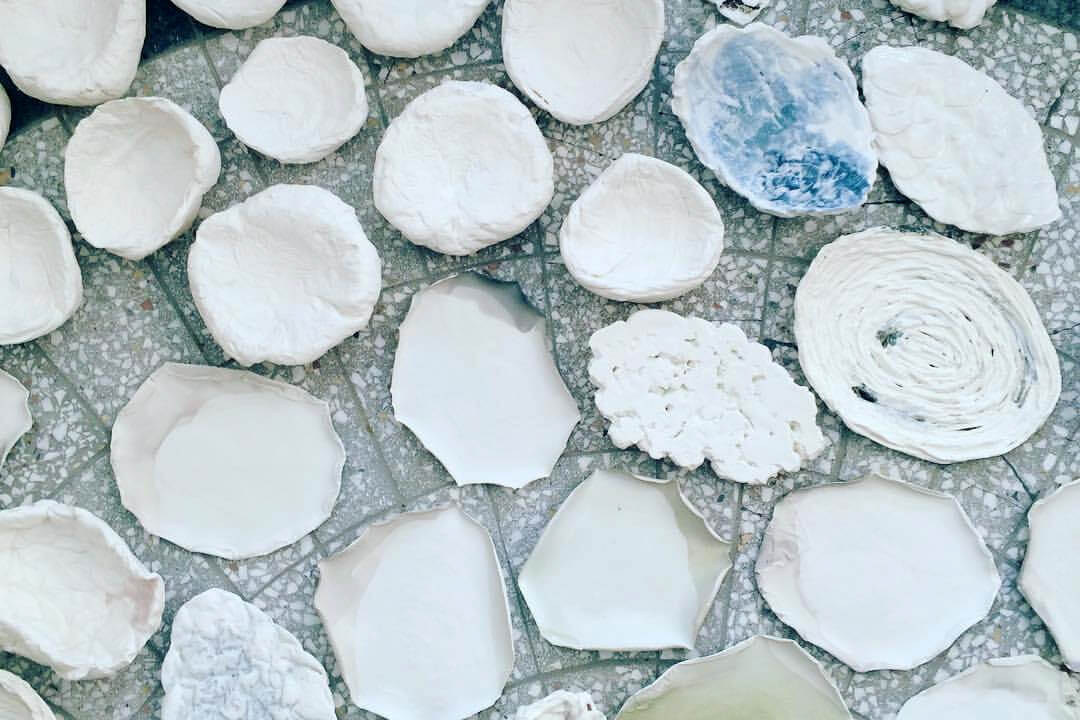
All pieces were visually pleasing and at the same time challenged myself to enjoy the food. Imaginative bowls and quirky dishes made me wonder how the artists came up with such shapes. Luckily enough for me, the holes on the spoons were good enough to hold the chunks of the cuisine. These forks, spoons, and cups definitely continued the Egyptian vibes of the exhibit.
All through the evening, Fabian Spiquel, chef of Maison Manesse, would be presenting dishes full of surprising flavor combinations and new aesthetic presentations. The meals were strictly plant based (vegan), using local ingredients from Switzerland, Germany, Austria and France.
The first course, for instance, was olives with artichoke, served on a white cloud looking dish. It sure caught my attention!
Then, there was a serving of asparagus, almonds, herbs and last year's apricots:
This one was an eye-catcher: Potato, "Ramson" and black garlic:
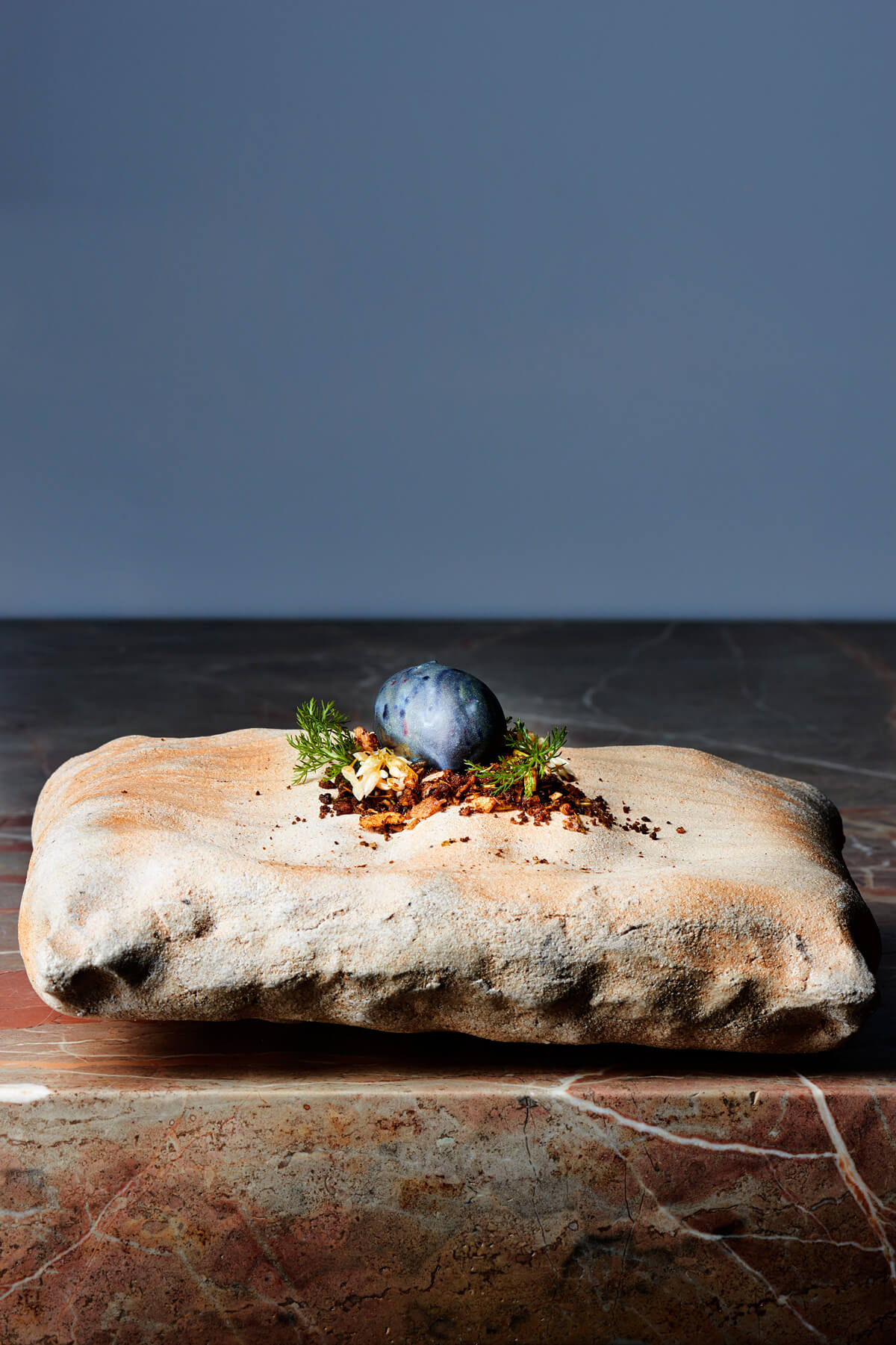
All dishes were examples of one-of-a-kind, creative cuisine. My favorite was D.I.Y. vegetable tartar. Given the instructions by the chef, I was able to add on flavors and scents to the dish as I liked. Thanks to this fun, interactive way of dining, the evening was full of new taste experiences that stimulated the taste buds.
For instance this fluffy rhubarb:
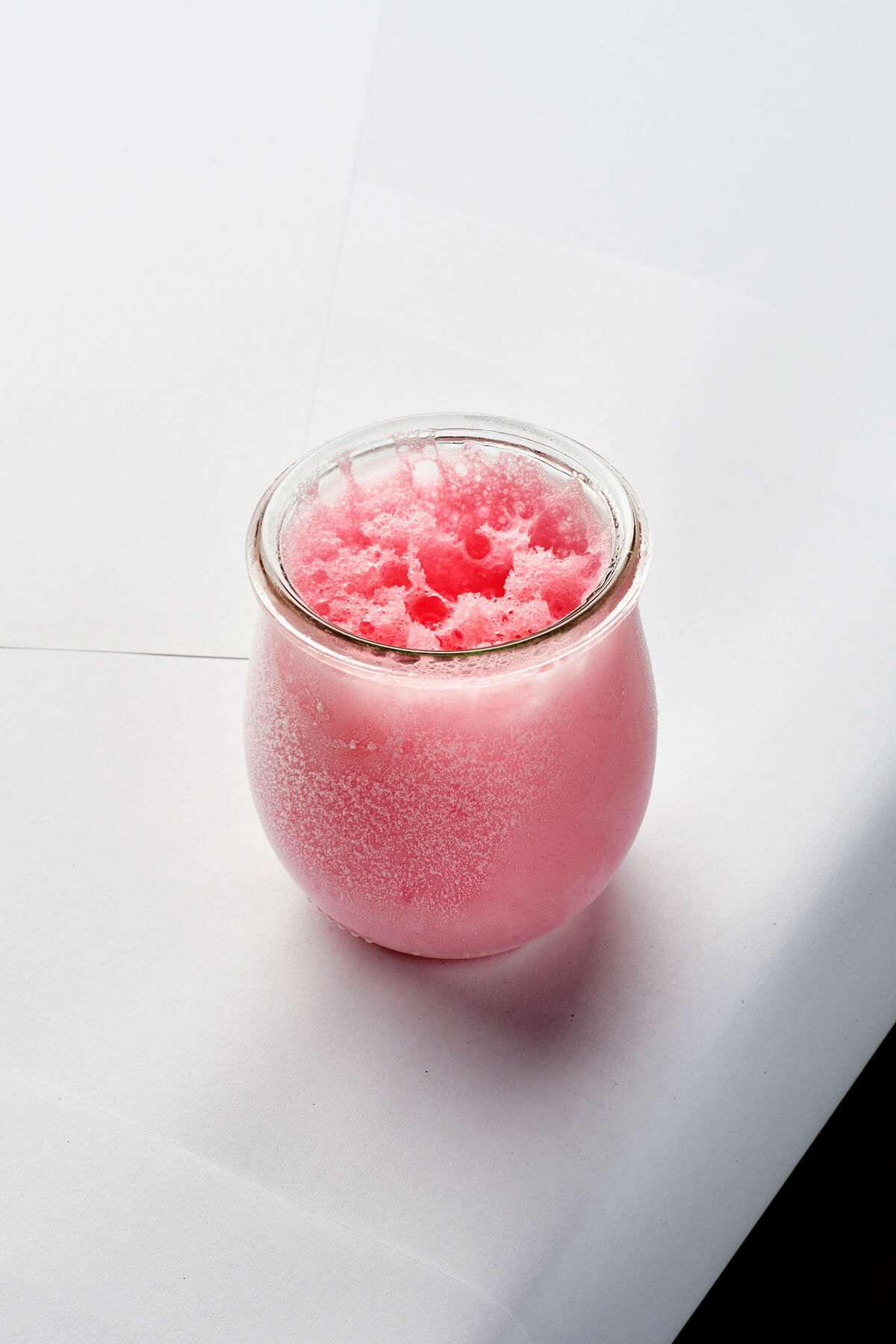
And definitively that strawberry/pear lovage dish:
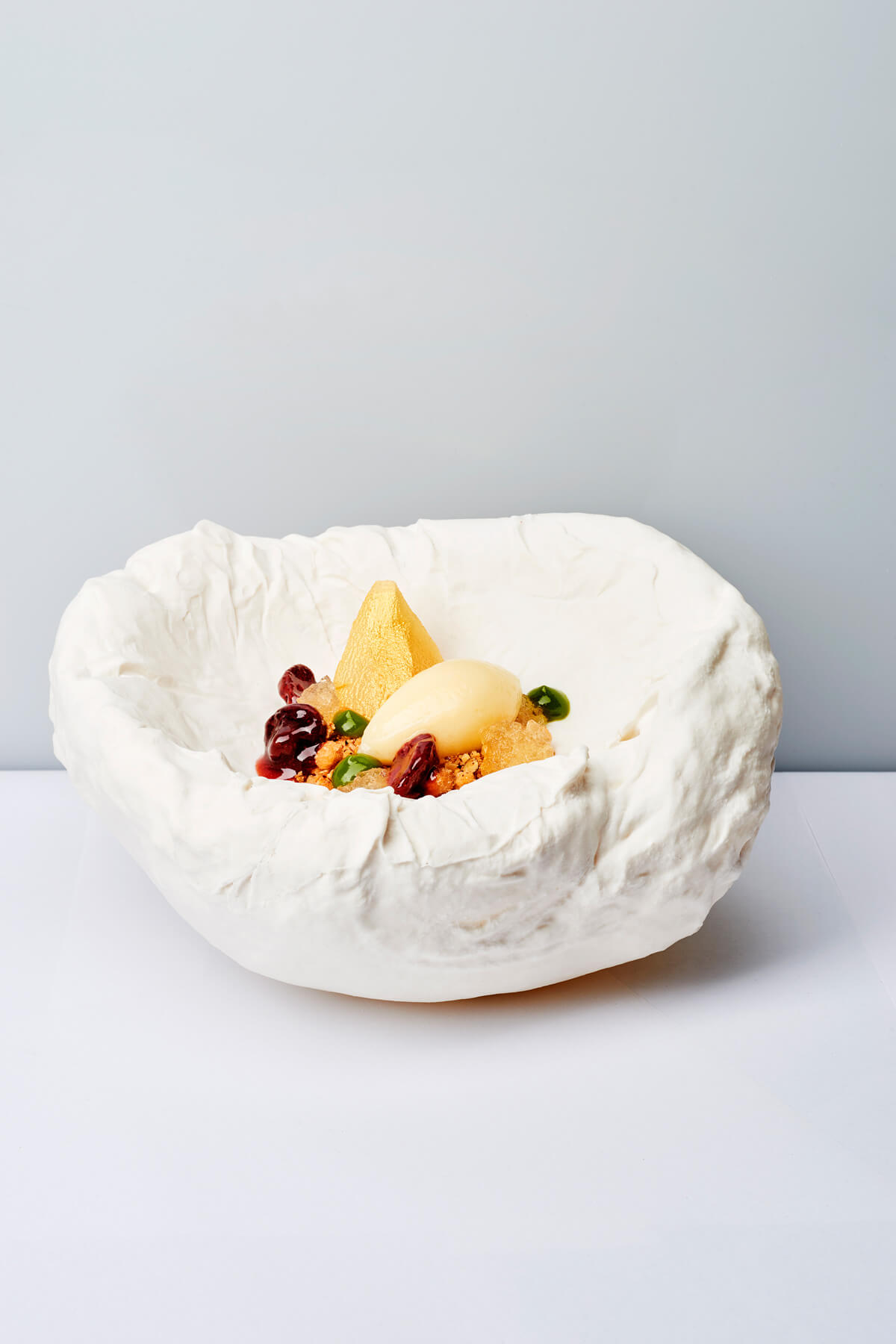
Some dishes contained fermented ingredients which somehow made me question if it had to do with the exhibition - as the discoveries were ancient. The atmosphere allowed conversations to happen with complete strangers. We shared thoughts about the taste or about the insightful presentations in between.

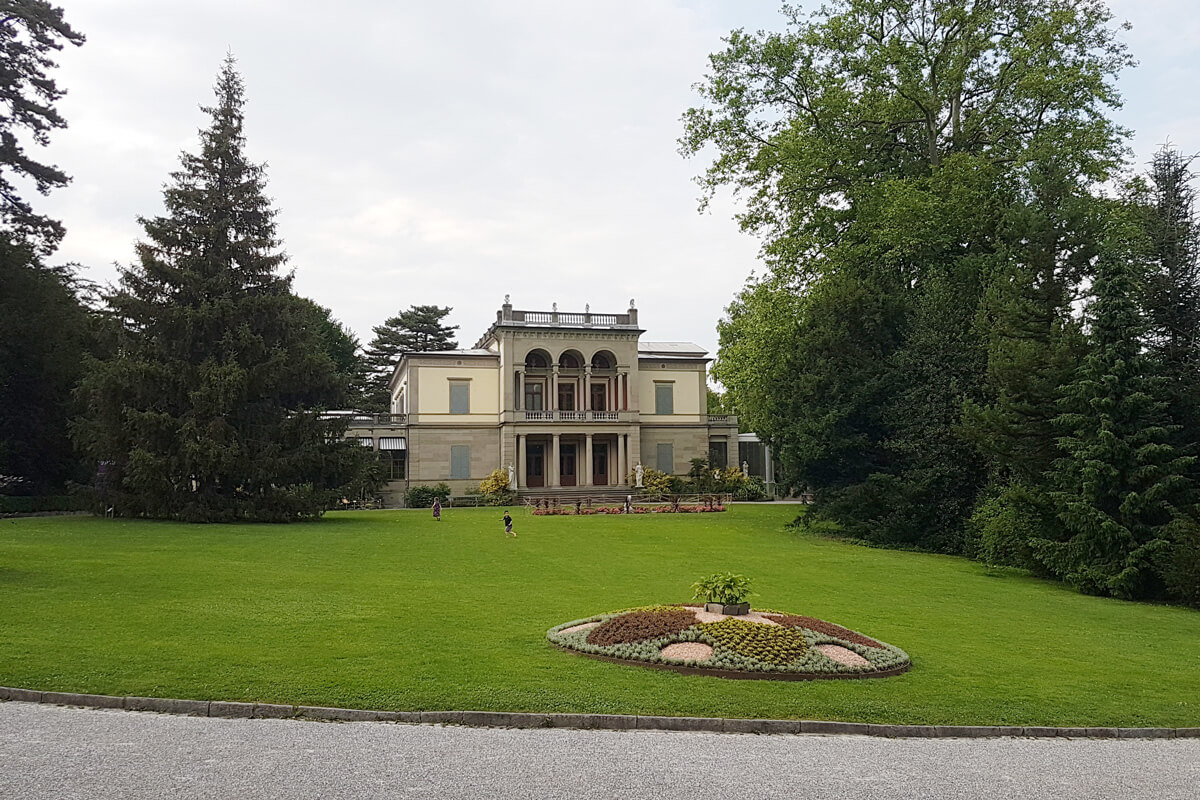
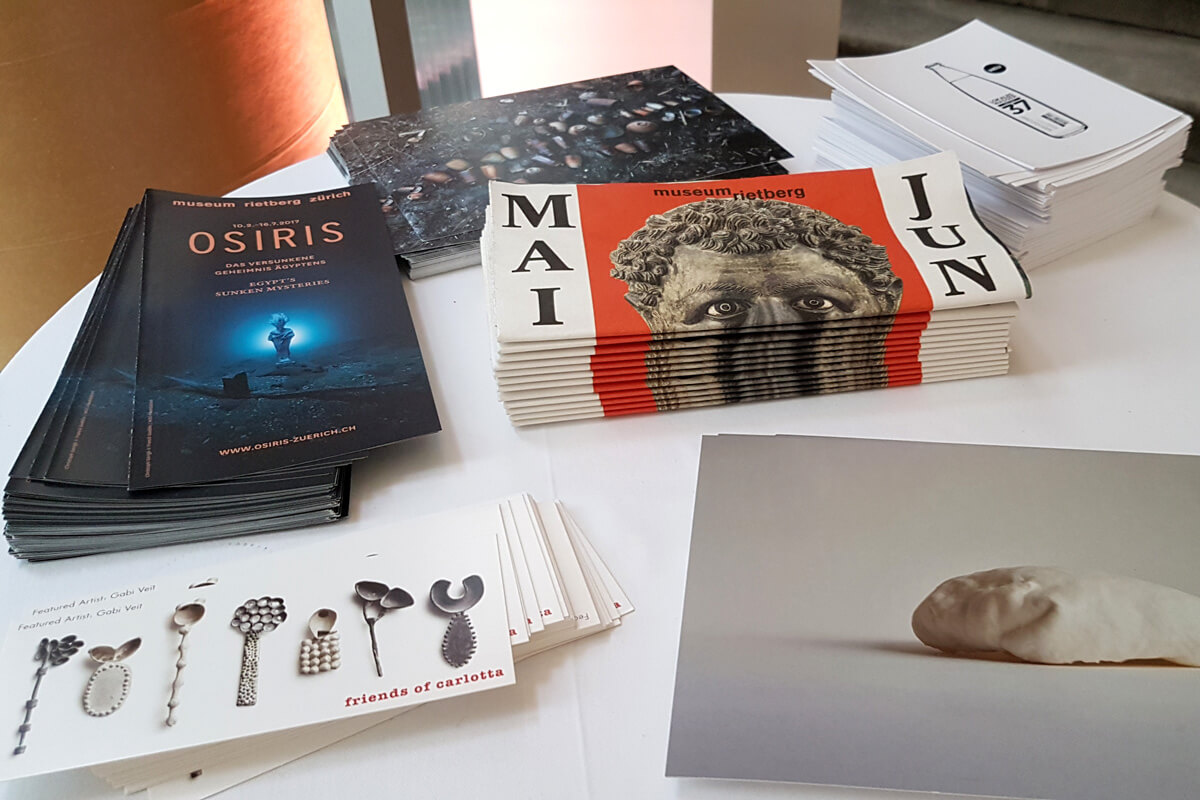
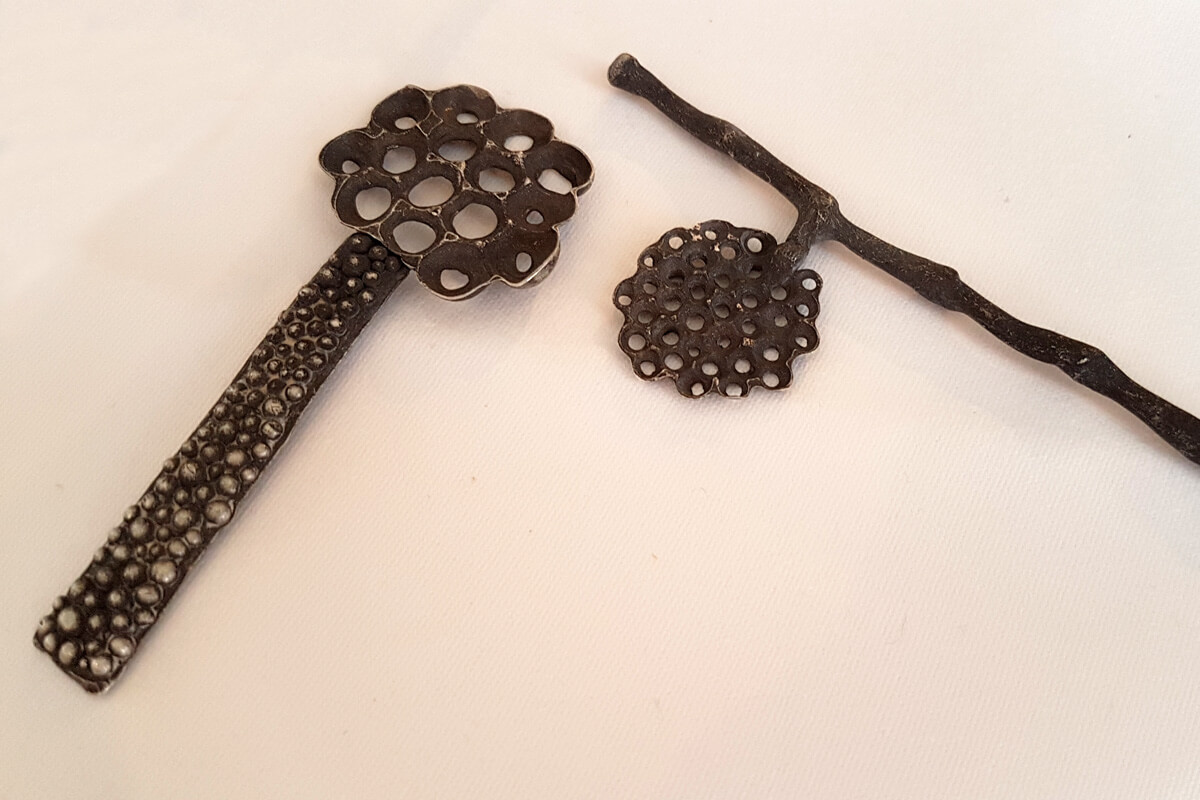
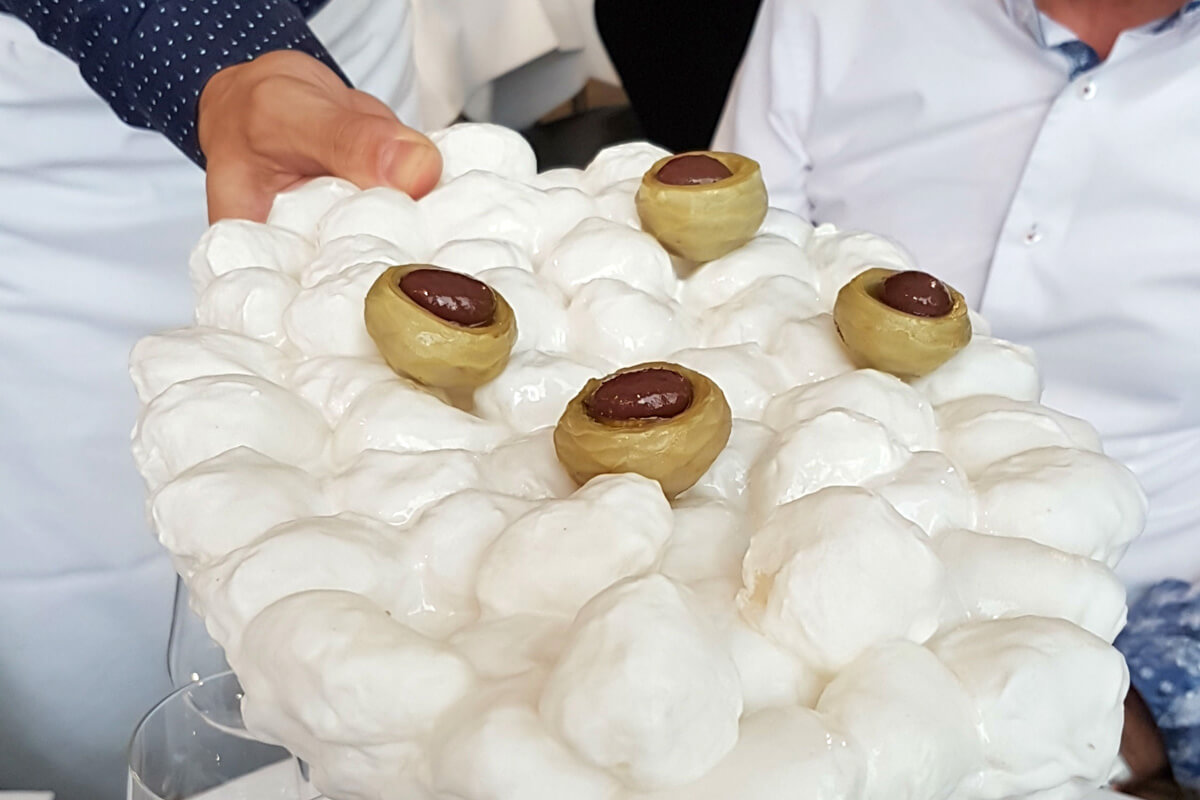
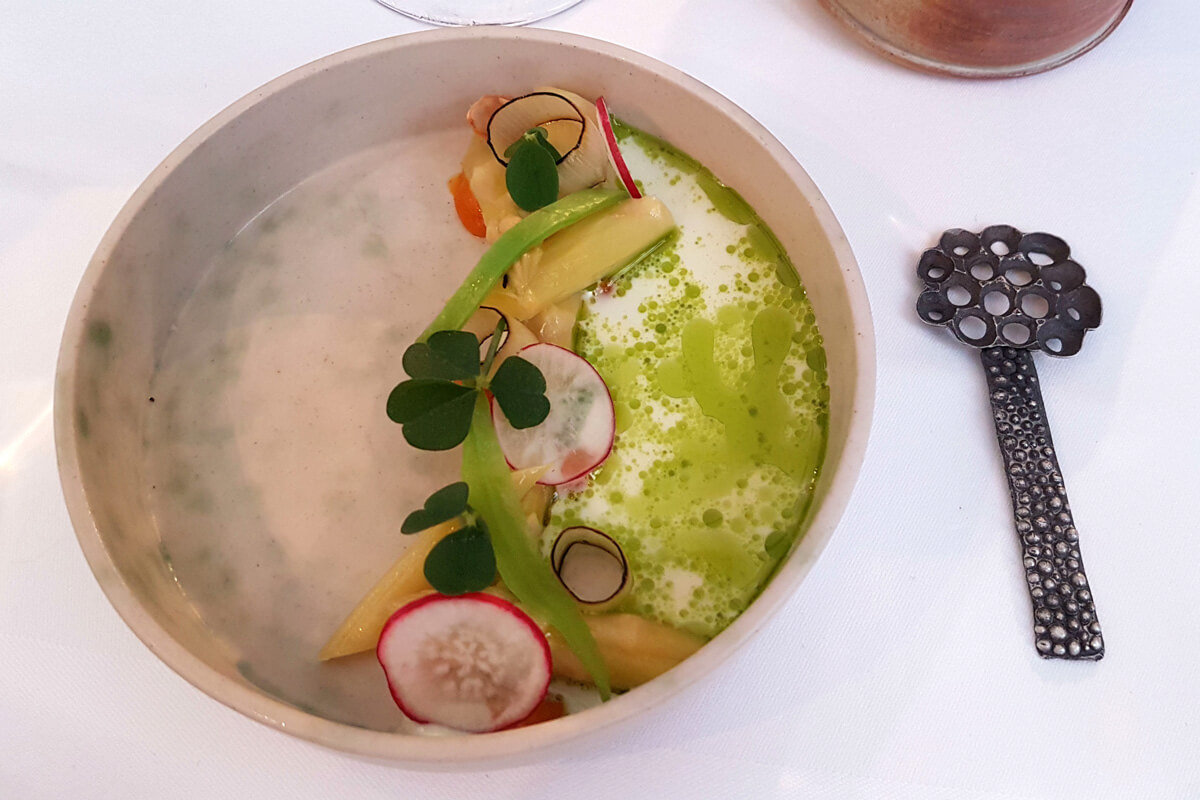
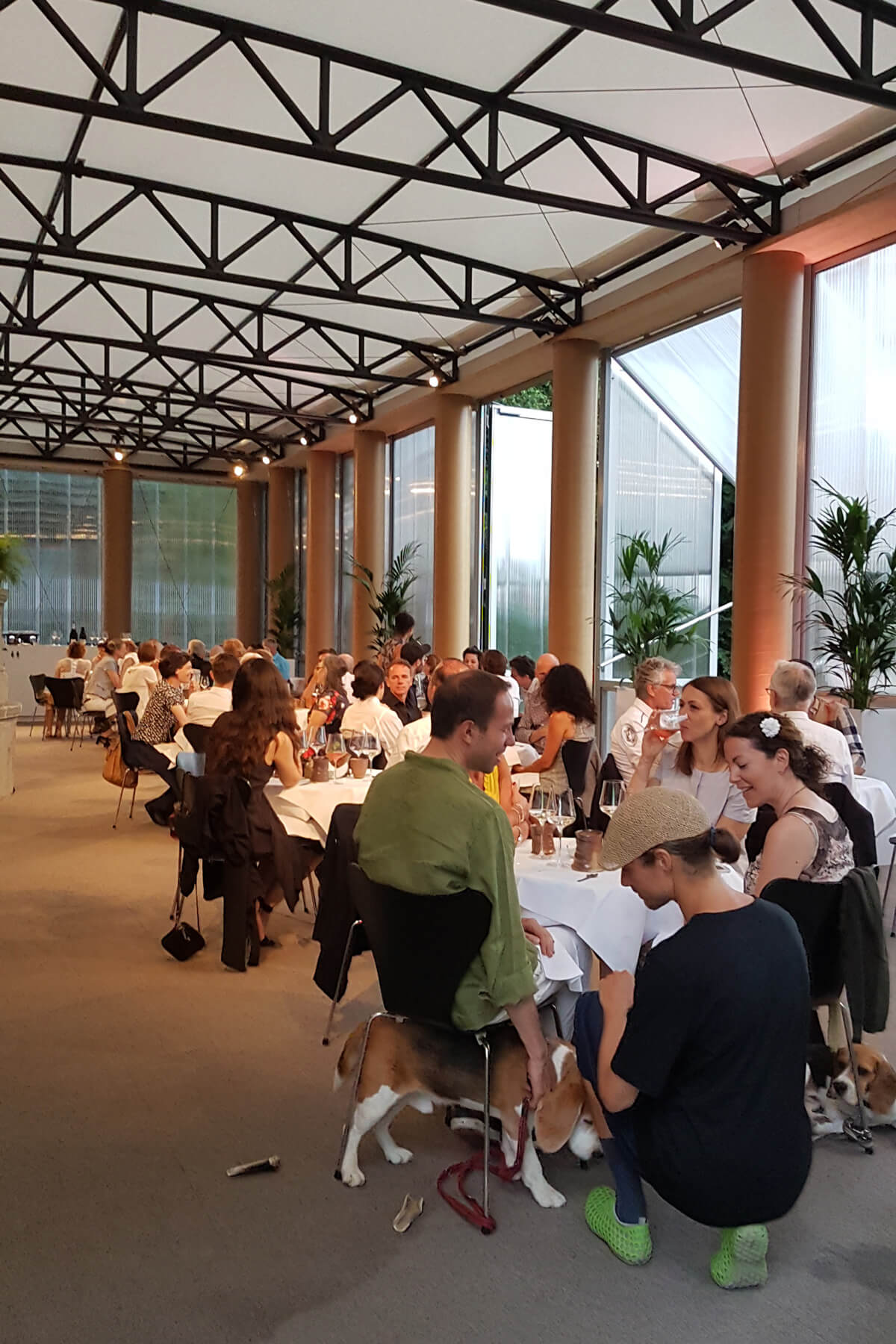
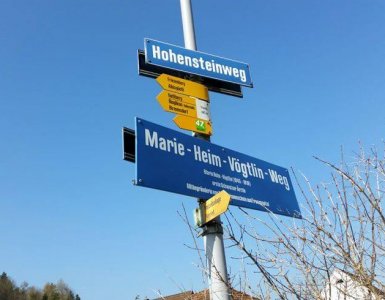
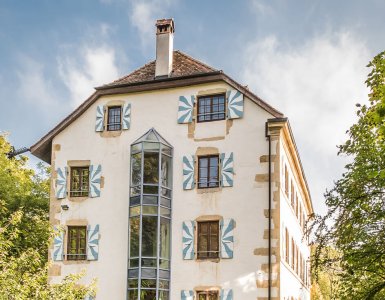
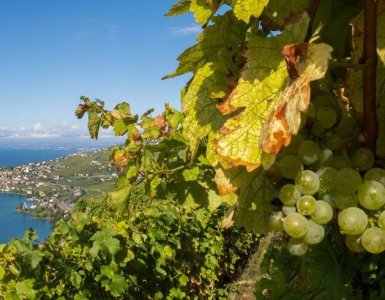

Add comment